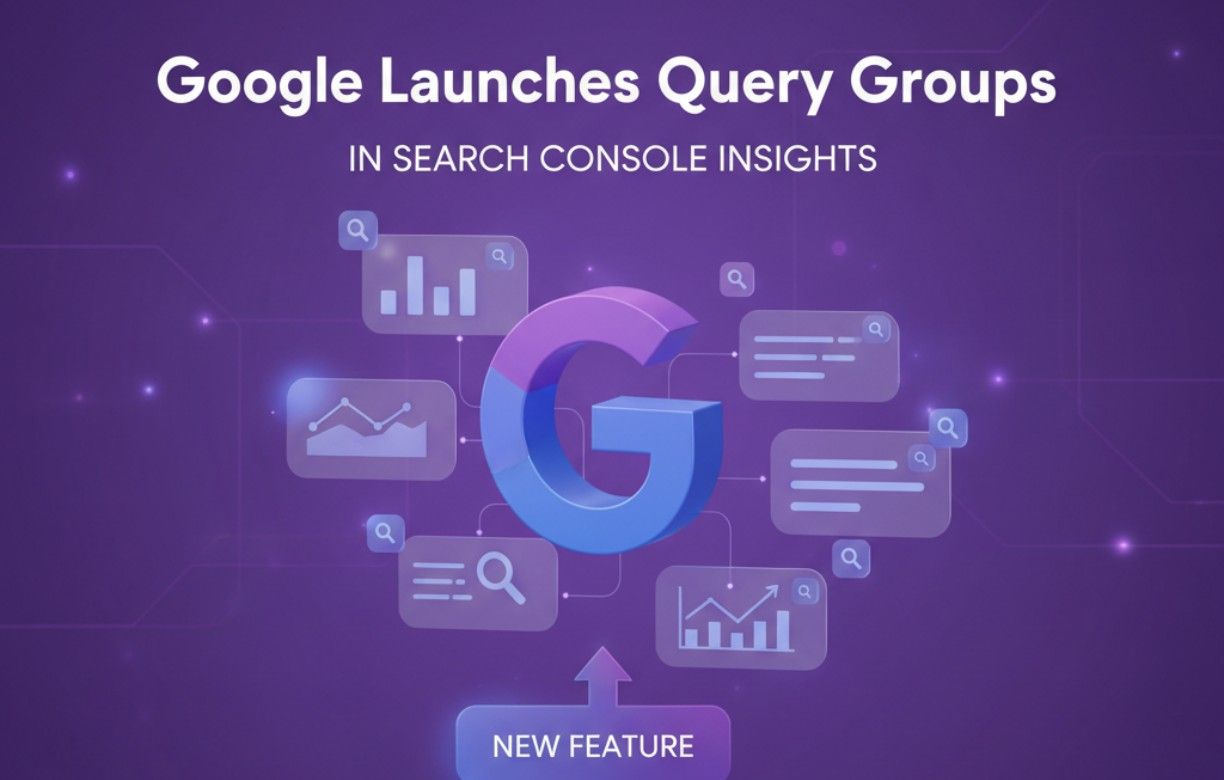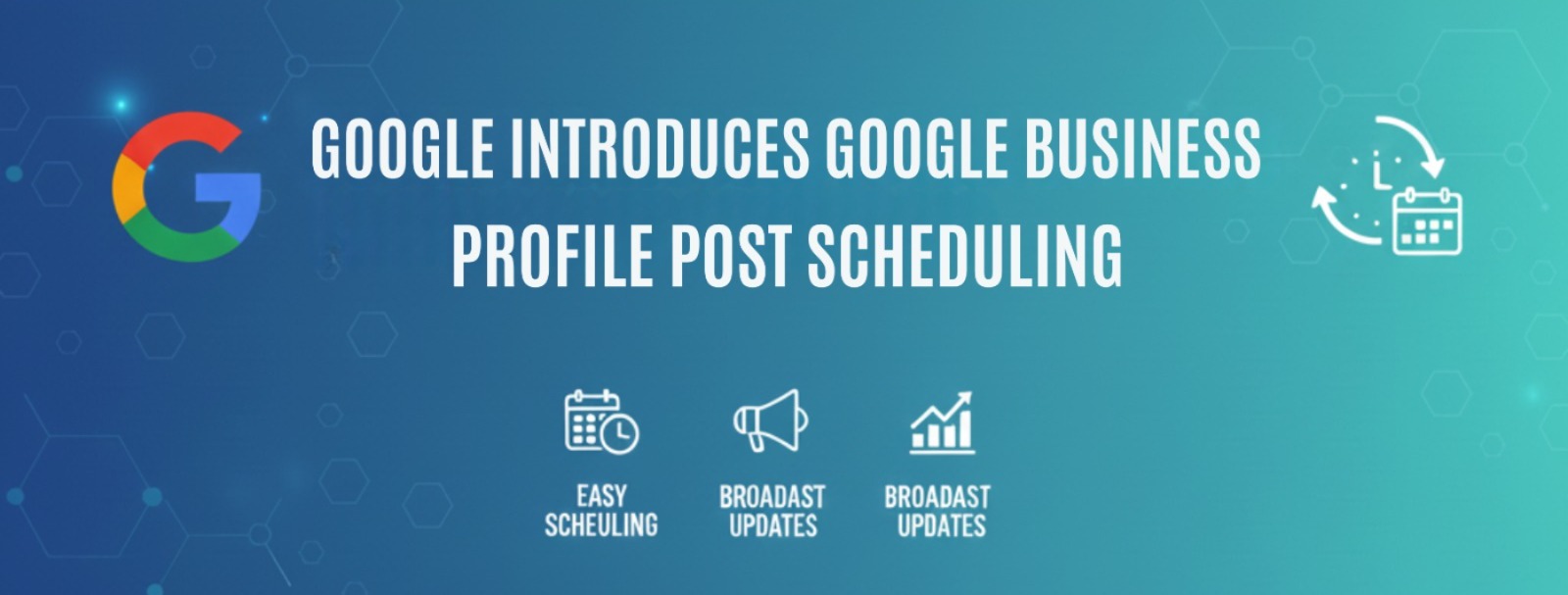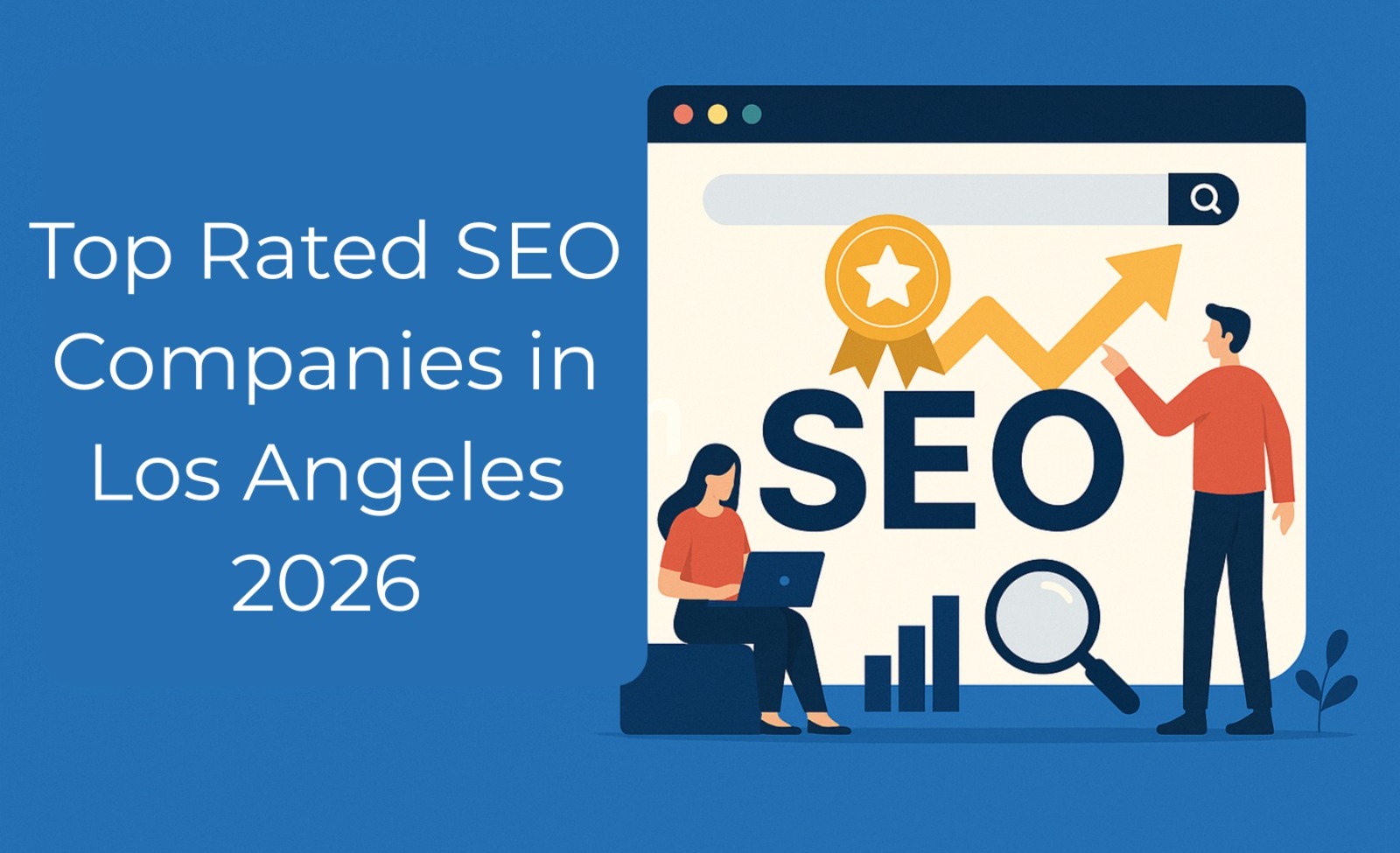If you’ve ever felt buried under a pile of keyword data in Search Console Insights, you’re going to love this.
Google just rolled out a new AI-powered feature called Query Groups, designed to help you see the bigger picture behind your traffic. Instead of sifting through hundreds of search queries, you can now view them as clear, themed clusters that represent user intent.
In this guide, we’ll break down what’s new, how it works, and how you can use it to make smarter SEO and content decisions.
Table of Contents
ToggleWhat’s New in Google Search Console Insights
Google has added a new feature called Query Groups to Search Console Insights (announced here).
Instead of showing a long list of unrelated search terms, Google’s AI now groups similar queries. This means you’ll see the topics driving your traffic, not just scattered keywords.
Here’s what’s different:
- You’ll see clusters like “AI SEO tools” or “local ranking factors” instead of dozens of minor variations.
- Each group displays total clicks, top queries, and performance trends.
- The feature uses AI and machine learning to automatically organize related queries.
- It’s rolling out gradually, so not every site will see it right away.
According to Search Engine Land, this update is purely analytical — it won’t impact rankings, but we at 6s think clustering can be step one to
👉 Pro tip: Log into your Insights dashboard this week and check if the new “Query Groups” card has appeared. It could reveal new content opportunities you’ve been missing.
Understanding Query Groups and How Google’s AI Works
So, what exactly is a “Query Group”?

It’s Google’s way of simplifying your search console data. Each group bundles multiple queries that share a similar intent. For example:
- “best SEO tips for small businesses”
- “SEO for local startups”
- “How to improve small business SEO”
All these could be grouped under a single topic like “Small Business SEO”.
Here’s what’s happening behind the scenes:
- Google uses AI to detect meaning and context — not just matching words.
- The system keeps learning, so groups can change over time.
- You’ll still be able to see the individual queries within each group for more detail.
As Search Engine Journal explains, this makes it easier for SEOs and content teams to focus on topics rather than juggling dozens of near-identical keywords.
Step-by-Step: How to Use Query Groups for Topic Discovery
Here’s how to make the most of this update:
| Step | Action | What It Helps You Do |
| 1. Check Access | Go to Search Console → Insights tab → find “Queries leading to your site.” | See if your site has the feature yet. |
| 2. Review Top Groups | Look at your top-performing clusters and those trending up. | Identify hot topics or content gaps. |
| 3. Drill Down | Click on a group to view individual queries. | Understand the exact language users are using. |
| 4. Map to Content | Match these topics to your existing pages or blogs. | See if you already cover that intent well. |
| 5. Plan Next Steps | Create or refresh content around fast-growing groups. | Capture emerging search demand before competitors do. |
Quick Action: Set a monthly reminder to check Query Groups — it’s a simple way to spot shifts in audience interest.
Example: Before & After Using Query Groups
Before: You’d open your performance report, export hundreds of queries, and manually try to group them in a spreadsheet. It’s messy and time-consuming.
After: Now, Query Groups does the heavy lifting for you. Let’s say you notice a new group trending up: “AI-powered SEO tools.” You open it and see queries like:
- “best AI SEO tools 2025”
- “AI content optimization tools”
- “AI SEO strategy examples”
That is an instant insight. You realize you haven’t covered this topic yet. Within a week, you create a new blog on “Top AI SEO Tools for 2025” and link it to your main SEO guide.
Result? More topical authority. More relevant traffic. Less guesswork.
Limitations and Things to Keep in Mind
Before you dive in, here are a few things to remember:
- Not everyone will see it right away. Google is rolling it out gradually, especially to sites with enough search queries data.
- AI isn’t perfect. Some groupings might feel off. Always double-check before drawing conclusions.
- It’s for insights, not rankings. Query Groups don’t change how you appear in search results.
- Still use your core reports. For deeper analysis (CTR, devices, countries), you’ll need the main Performance report.
If your site doesn’t show Query Groups yet, keep monitoring updates. Google may expand access soon.
Why This Update Matters for SEO Experts
The Search Console Insights update is a big step toward intent-driven SEO. Instead of chasing keywords, we can now think in terms of topics and behaviors.
Here’s why that matters:
- You’ll spot trends faster.
- You’ll plan better content clusters.
- You’ll save time on manual data cleaning.
- You’ll align SEO and content strategy more closely.
It’s another move from Google toward understanding meaning — and rewarding brands that do the same.
For more updates like this, check our Google Updates hub.
Conclusion
The new Query Groups feature transforms how SEOs and marketers read performance data. By turning keyword chaos into clear topic clusters, Google is helping us focus on what really matters: audience intent.
Use this feature to:
- Discover new content opportunities
- Simplify your reporting
- Strengthen your topic authority
Connect with the SEO experts at 6s Marketers. We will help you decode the data, spot the trends, and build a strategy that wins.
External References
FAQs
1. Where do I find Query Groups in Search Console?
Go to your property → Insights tab → look for the “Queries leading to your site” section. If you see grouped clusters, the feature is live for your site.
2. What if my site doesn’t show Query Groups yet?
It’s rolling out gradually. Smaller sites or new properties may not have enough data yet. Keep checking — Google says expansion is ongoing.
3. Do Query Groups affect rankings?
No. They only change how your data is displayed for analysis. Rankings remain unaffected.




